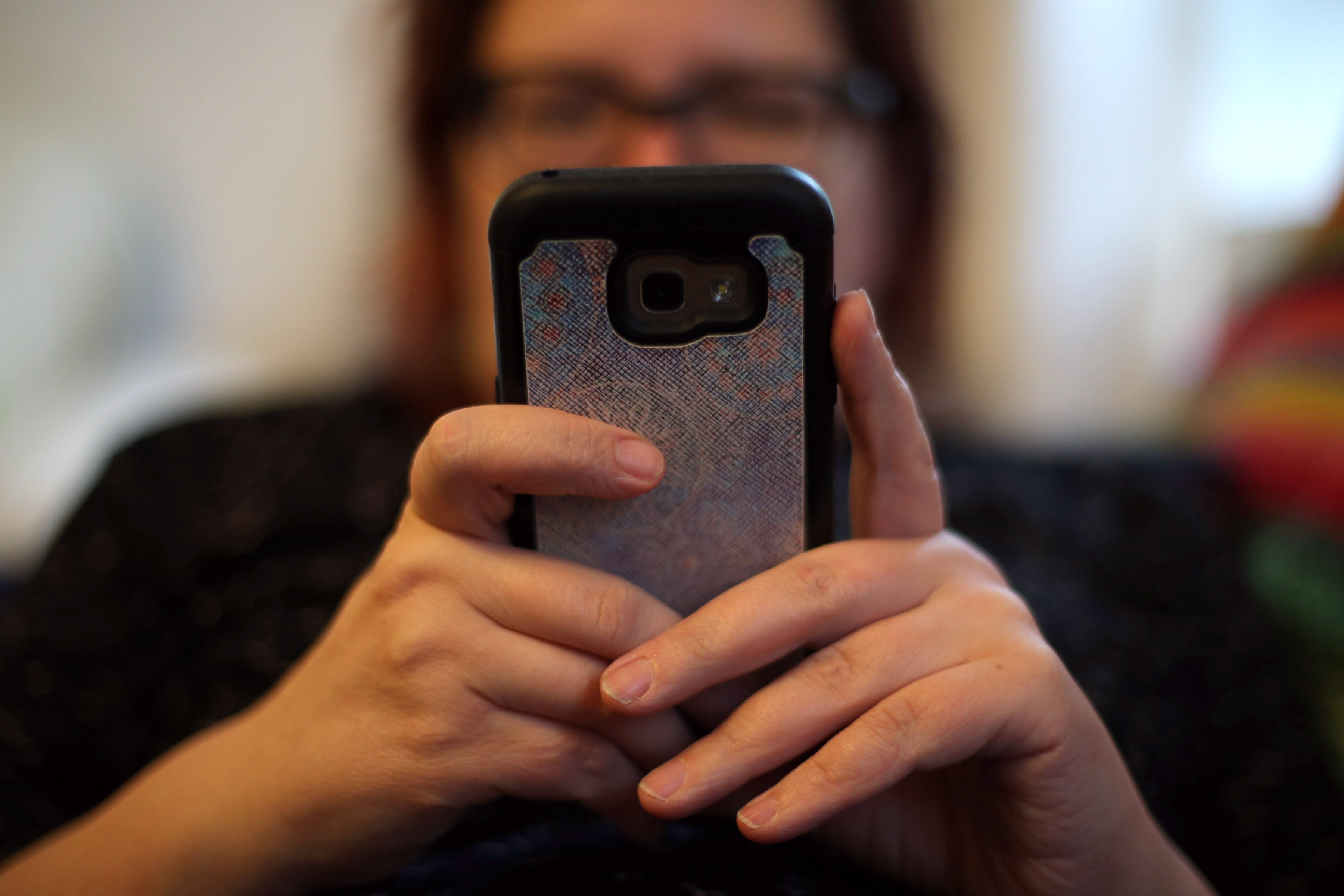Spring is traditionally the time to give your home a once over and your tech should be no exception. Now is the time to start clearing out your digital junk, out with the old to make room for the new. But where should you start?
Get rid of unused apps
We all have plenty of apps hanging around our phones and tablets, taking up space but getting little if any use.
Perhaps it was an app you tried which failed to live up to the hype. Or its purpose has passed – for instance, my phone has a folder of baby-related apps that I no longer have any use for. There are also a few apps that don’t work any more because the service has shut down, but there they are, still taking up space on my smartphone because I simply forgot they were there.
Part of the issue, on iOS at least, is the AppLibrary. When you try to delete an app from your phone screen, you are given the option to delete is, or to remove it from your Home Screen, which sends it to the App Library. In theory, this keeps your Home screen for the important apps; in practice it means that they are promptly forgotten about and just take up space.
READ MORE
To see what apps are lurking on your phone and don’t get much use, both Android and Apple have tools built in.
On iOS, go to Settings > General > iPhone Storage. You will see a list of apps, some with dates to show when they were last used. If you spot some that you no longer use, swipe left on the name and you will get the option to delete it or offload it, which will remove the app but leave the data just in case you want to reinstall it.
On Android, it’s an automatic process but you can go to Settings > Apps > Unused Apps to see which ones have been classed as unused and have been paused by the system.
Declutter your desktop
From downloaded apps and files to programme shortcuts that I may or may not use regularly, my desktop is a bit chaotic. And that makes it harder to find things quickly, which defeats the purpose of shortcuts on a desktop.
A regular clear-out would solve that, however. Delete files as they are no longer needed, or move them to a longer-term storage file system on your machine, and keep shortcuts to a minimum. And don’t forget to occasionally empty your Trash or Recycle Bin.
Deal with your notifications
If you are the kind of person who deals with every notification as it arises, the idea of letting those red badges pile up is completely alien. But there are people out there – one of them may even be writing this article – who let them build up to frightening levels.
If you are one of the latter, then now is the perfect time to deal with all those notifications. You can check what permissions each app has on your phone and restrict its ability to send notifications, either through banners on the Lock Screen or by adding a small red badge to the app.
One you have done that, it’s time to be choosy about what apps you allow to send you notifications. Not all apps require the ability to alert you to activity. If it doesn’t help, or it serves particular purpose, remove its ability to send notifications. One less app demanding your attention constantly has to be a good thing.
Clear out your storage
If you are saving something to your phone, there’s a good chance that it is included in your back-ups too, which is turn is taking up storage space in your personal cloud. That could be costing you money, especially if you have to pay extra to upgrade your storage capacity as a result.
Photos are usually the biggest culprit, though videos can also be real space-suckers. Clear out unwanted pics and clips regularly, and turn off the autosave to your camera roll for messaging services such as WhatsApp.
If you have downloaded content from streaming services such as Netflix or Disney+ to your device, you should clear those out regularly too, along with podcast episodes that you are subscribed to.
Delete unwanted email
Marketing emails, spam, emails from 10 years ago that bave long since passed their usefulness: my email is stuffed with them. I aspire to be like some people I know, who delete an email as soon as it is dealt with. Their inboxes are under control and far less stressful to deal with than mine.
But, like the cloud back-ups, your unread and unwanted emails may be costing you money by eating into your account’s storage.
There are tools out there to help you clear your inbox. Clean Fox, for example, will scan your inbox and group all your emails together so you can delete senders with a single swipe. You can also block those senders with another gesture, ensuring your inbox won’t be inundated again. However, it only works with certain email services.
If your email account won’t work with it, you can search for “unsubscribe” in your email. If the results show marketing messages you don’t want to get, unsubscribe from the service and then use Delete All to get rid of all the messages in one go.
Then set up a second email or an alias on your existing account for marketing emails. That way, you can keep all the junk mail in one place and disable the address when needed, keeping your own inbox clear.
Delete your data
Apps’ ability to track what you’re doing, and what they can do with that information, have drastically improved in recent years. If it is not GDPR that puts the brakes on, then things like Apple’s decision to force apps to ask permission to track you have certainly focused attention on just how much apps are gathering.
Services such as Facebook and Google know a lot about you too, though. The former has a profile on you based on your interests and how you interact with the service, which you can view under Settings > Ad Preferences and edit accordingly. The company also has data sent to it by other companies about your off-Facebook activity that can be used to shape what ads you see on the social media platform. That can be viewed under Settings > Security > Off Facebook activity, and deleted with a tap.
If you use Google services, you can check what data is linked to your account, by going to myactivity.google.com on your web browser and logging into your Google account. You can turn off Google’s ability to save your online and app activity, your YouTube history and location history with a couple of taps.
Spruce up your browser
Downloaded files, browsing history, extensions: these can all build up and leave small chunks of data everywhere. Get in the habit of regularly cleaning out your browsing history as you shut down your laptop browser. Better yet, switch to private or incognito mode on your browser, or to one that allows you to choose to always browse privately, such as Brave.
It won’t stop everything, but it will cut a lot of the data your web browser leaves on your device as you go about your online business.
Physically clean your tech
We all know that our devices are filthy. Phones, for example, go everywhere with us, touched constantly and without too much though given to whether hands are cleaned in between. Keyboards are eaten over and the average one has more bacteria than a toilet seat, according to an oft-quoted study.
Giving your tech a quick clean occasionally is recommended to keep the organisms at bay. It can also help keep it in good working order. Charging ports on a phone, for example, can often become gunked up with lint and dirt from your pocket, affecting the phone’s ability to charge properly.
Dusting your smart speakers can also help them to hear you properly. My Google Assistant enabled speakers were taking more time to respond to my voice lately; a quick inspection revealed a thick layer of dust on the device. Once removed, everything was back to normal.
To clean your keyboard and ports, careful use of a can of compressed air should do the job. A wipe with a cloth dampened with isopropyl alcohol –or tech-friendly wipes, if you feel more comfortable – should remove the worst of the grime from your keyboard and case of various devices.
For screens and displays, be careful what you use; screens can be delicate. Try a dry microfibre cloth, or a dampened one if there is stubborn dirt to deal with. Screen wipes specially made for cleaning screens are also an option.



















